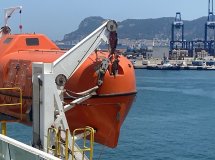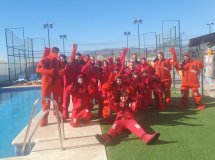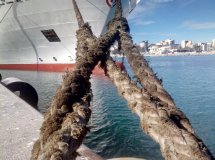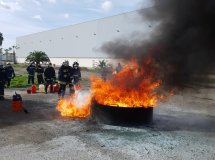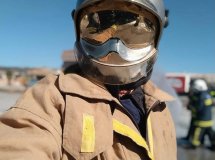1.1 Control de las operaciones de lucha contra incendios.
Procedimientos de lucha contra incendios a bordo y en puerto: organización, tácticas y mando. Empleo del agua para la extinción de incendios. Efectos sobre la estabilidad. Precauciones y medidas correctoras. Comunicación y coordinación durante las operaciones de lucha contra incendios, Control de los ventiladores, incluidos los extractores de humo. Control del combustible y de los sistemas eléctricos. Riesgos del proceso de lucha contra incendios (destilación en seco, reacciones químicas, incendios en las chimeneas de calderas, etc.).
Lucha contra incendios en los que intervienen mercancías peligrosas.
Precauciones contra incendios y riesgos relacionados con el almacenamiento y la manipulación de materiales. Tratamiento y control de heridos.
Procedimientos de coordinación con las operaciones de lucha contra incendios efectuadas desde tierra.
1.2 Organización de la lucha contra incendios.
Elaboración de planes para contingencias. Formación y asignación del personal a las cuadrillas de lucha contra incendios. Estrategias y tácticas para la lucha contra incendios en las distintas partes del barco.
1.3 Inspección y mantenimiento de los sistemas y el equipo de detección y extinción de incendios.
Sistemas de detección de incendios. Sistemas fijos de detección de incendios. Equipo portátil y móvil de extinción de incendios. Bombas contra incendios. Equipo de rescate, salvamento y de protección individual.
Requisitos de los reconocimientos reglamentarios y de clasificación
1.4 Investigación y recopilación de informes sobre incidentes en los que se produzcan.
Evaluación de las causas que dan lugar a incidentes en los que se produzcan incendios
Read more

